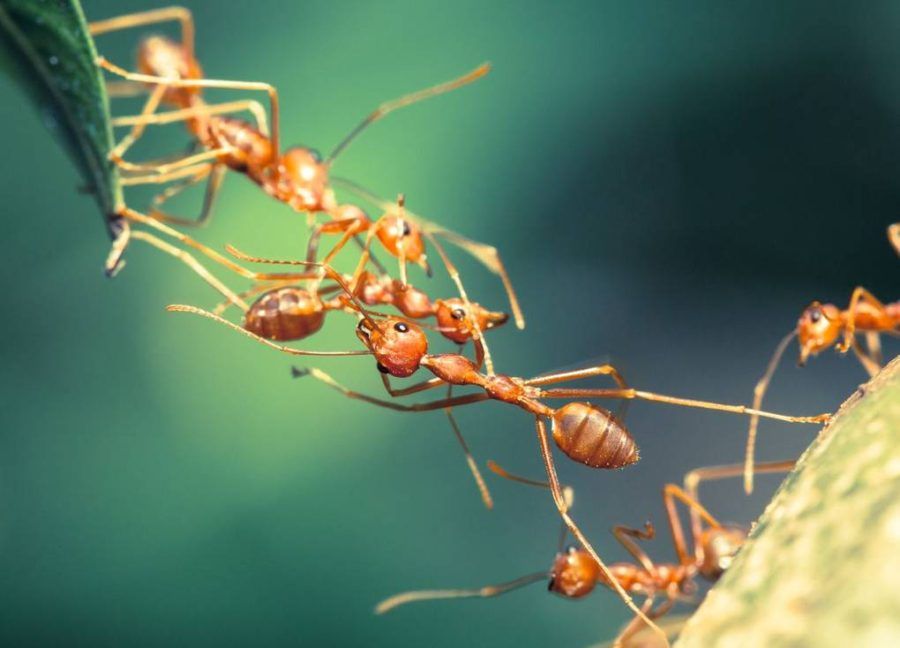
Science in the Glorious Quran: Communication of Ants
“حَتَّىٰ إِذَا أَتَوْا عَلَىٰ وَادِ النَّمْلِ قَالَتْ نَمْلَةٌ يَا أَيُّهَا النَّمْلُ ادْخُلُوا مَسَاكِنَكُمْ لَا يَحْطِمَنَّكُمْ سُلَيْمَانُ وَجُنُودُهُ وَهُمْ لَا يَشْعُرُونَ” (النمل:18).
“Then, when they (Solomon and his soldiers) reached the Valley of the Ants, an ant said: ‘Ants! Enter your dwellings, so that Solomon and his troops do not crush you unwittingly.’” (Qur’an, 27: 18)
Colonies of ants consist of populations of hundreds of thousands (and sometimes millions) of ants. Therefore, they naturally have a social structure based on mutual exchange of information.
An ant carries multiple sensory organs to pick up chemical, visual, and sound signals. The brain of an ant contains half a million nerve cells; the eyes are compound; the antennae act as both a nose and fingertips; the projections below the mouth sense taste; and hair responds to touch.
Chemical communication: Ants can communicate using chemicals (pheromones) produced by glands, which can be perceived by smelling and touching each other with their antennae. Ten-to-twenty different pheromones have been discovered so far, each representing a ‘chemical word’ that the entire colony understands. These include the attacking of prey, the defending of the colony, the location of a food source, and the relocation of the colony, etc.
Body communication: Ants can communicate visually by tilting their heads and antennae sideway and physically by touching bodies.
Sound communication: Using miniaturized microphones and speakers inserted into nests, researchers have discovered that ants can communicate using sounds. Most ants have a natural washboard and plectrum built into their abdomens, that they can rub together to produce sounds which were found to provoke different reactions.
We may conclude that science has proved recently the communication of ants. This communication was indicated in the above verse of the Qur’an more than 14 centuries ago.

Ants may communicate visually by tilting their heads and antennae sideway (left). A worker (middle) and a queen (right) ant communicating through touch and pheromones

A swarm of ants communicating to coordinate their movements in order to move food to their nest (left). Hairs covering the body of ants respond to touch and are used as body language (right)

Rebel’s large blue butterfly was found to have learned to imitate the sounds and chemical signals of ants. The butterfly’s caterpillars are carried by ants into their nest where they are fed by the workers (left photo). When a colony is disturbed, the ants will rescue the caterpillars before their own members.

